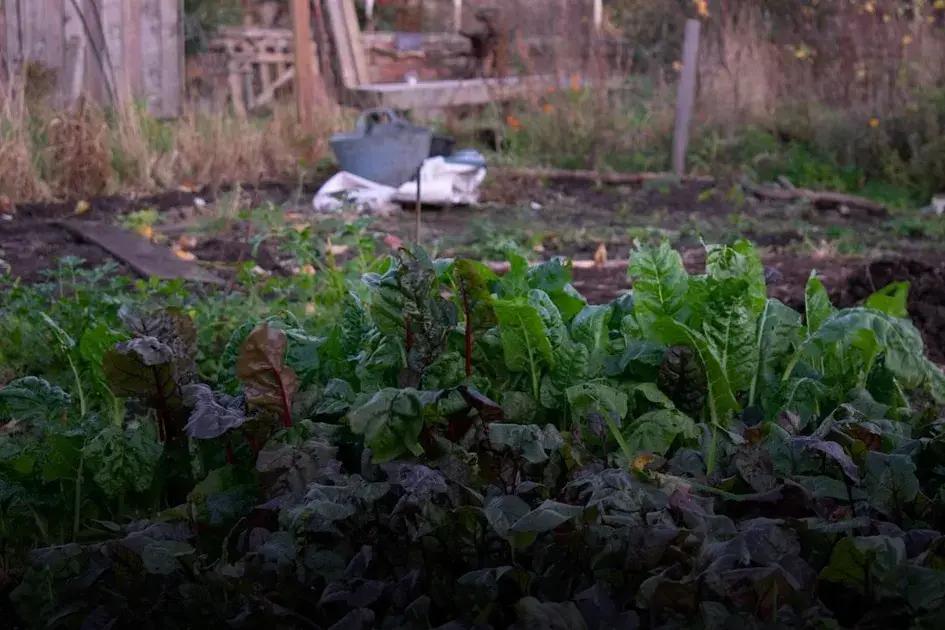Dealing with plant diseases can be challenging, especially for gardeners aiming to cultivate a healthy garden. Knowing how to spot and treat common plant diseases is essential to maintaining vibrant and flourishing plants. Understanding the symptoms and preventative measures can save you time and effort, ensuring a thriving garden. Read on to discover ways to identify and effectively treat various plant diseases.
Identifying Fungal Infections in Plants
Fungal infections in plants can manifest in various ways. Being able to recognize these signs promptly can help prevent further damage to your garden or crop. Some common symptoms include leaf spots that appear as small, round dark or brown patches, often with a yellow halo. These spots may grow over time, merging and causing large sections of the leaf to wither and die.
Another sign of a fungal infection is powdery mildew, which shows as a white or gray powdery growth, coating the leaves and stems. It typically thrives in warm, dry conditions but can infest plants in humid environments as well.
Wilting and Blight
Wilting is a serious condition that can indicate a more deep-rooted fungal problem. This occurs when the fungus affects the roots or the vascular system of the plant, disrupting water movement. Additionally, blight often starts at the leaf tips or edges, progressing to cover large portions of the plant.
Root rot is another prevalent issue, often unseen until it’s too late. Caused by fungi in overly moist soil, it results in dark, mushy roots, ultimately impacting plant health. Understanding these signs facilitates early intervention, preserving your plant’s vitality.
Symptoms of Bacterial Plant Diseases

Bacterial diseases in plants can manifest through various visible symptoms that affect different parts of the plant. Leaves, stems, and flowers might exhibit signs indicating bacterial infection. One common symptom to watch for is the presence of water-soaked spots on the leaves. These spots may appear initially as small, translucent lesions that grow larger over time, potentially leading to dark necrotic areas as the disease progresses.
Another observable symptom in bacterial plant diseases is the occurrence of yellowing of leaves (chlorosis). This yellowing often begins at the leaf edges and progresses inward, affecting the overall appearance and health of the plant. In some cases, you might notice wilting, which occurs when bacterial infection disrupts the plant’s vascular system, impeding water transport.
Look out for signs of leaf spots or blights that might affect different plant parts, causing tissue decay. Flowers might appear damaged or deformed, often accompanied by a sticky substance on the plant’s surface.
The presence of bacterial ooze or exudate on plant surfaces is a strong indicator of infection. This sticky, oozy substance is often seen around the stems or leaves, signaling that the plant’s defenses have been compromised. The formation of cankers on stems or branches can also be a telltale symptom of bacterial afflictions. The affected area might crack open and become sunken, offering a breeding ground for further disease proliferation.
Spotting Viral Infections in Leaves
When observing plant leaves, noticing viral infections can often be challenging due to its sometimes inconspicuous symptoms. However, certain tell-tale signs can aid in detection. Look for abnormal color patterns on the leaves, like mottling, streaking, or a mosaic appearance. These patterns occur because the virus affects the pigmentation in the leaves.
Another common symptom includes leaf distortion or unusual growth patterns. Leaves might appear crinkled, cupped, or with curled edges, impairing their ability to function effectively. Viral infections can sometimes result in stunted plant growth overall, affecting younger parts more heavily.
Discolorations and Patterns
Keep an eye out for ‘yellowing’ or ‘chlorosis,’ often occurring alongside other symptoms. This happens when the plant’s ability to photosynthesize is compromised. Some plants exhibit ring spots or line patterns due to virus presence.
Affected plants may also exhibit dropped leaves or prematurely yellow leaves, significantly reducing the plant’s vigor over time. The lack of vibrant green might be an indication that nutrients aren’t adequately reaching these areas.
Viral infections can be spread through various means like insects, infected tools, or by human activity. Aphids, whiteflies, and thrips are common vectors, transferring viruses from one host plant to another rapidly. This highlights the importance of vigilant monitoring within your garden or growing space.
Preventative Measures for Plant Health

Implementing preventative measures is a crucial step in maintaining overall plant health and minimizing the risk of diseases. One effective strategy is to ensure that plants are grown in optimal soil conditions. Regularly check the pH levels of the soil to ensure they are suitable for the type of plants you are cultivating. Amending the soil with organic material can improve its quality and drainage.
It’s important to maintain a consistent watering schedule. Overwatering can lead to fungal diseases, while underwatering might stress the plants, making them more susceptible to infections. Using a mulch can help regulate moisture levels and reduce the growth of weeds.
Maintaining proper spacing between plants is another crucial step. This improves air circulation, reducing the humidity levels around the plants which can discourage the development of fungal spores. Additionally, regularly pruning and removing dead foliage can prevent the spread of disease.
Consider implementing a routine for integrated pest management (IPM) to control pests that may carry diseases. Monitoring pest activity and employing natural predators or organic pesticides can be beneficial.
Sanitation and Monitoring
Regularly cleaning tools and containers can prevent the transfer of pathogens between plants. It’s also helpful to keep a lookout for any early signs of disease or unusual growth patterns. Frequent inspections allow for early detection and prompt action to control potential outbreaks.
Effective Treatment Strategies for Sick Plants
When dealing with sick plants, it’s crucial to implement direct and efficient treatment strategies. First, recognize the type of disease affecting your plants—whether it’s fungal, bacterial, or viral. Each requires a specific approach, so ensure you identify the problem correctly.
For fungal infections, consider using fungicides; these organic or chemical solutions can effectively halt the spread. Clean and prune infected areas to prevent further contamination. Bacterial diseases may require bactericides, though enhancing soil health with compost and proper drainage can naturally boost plant resilience.
Viral diseases are trickier. Removing affected plants may be the only solution. However,
regular inspection and sanitation
of tools and surroundings can help control viral spread. Remember, integrated pest management is essential for all types of plant illnesses. Combining physical, chemical, and biological controls can often yield the best results.


 Creating a Relaxing Garden Retreat: Tranquility Awaits
Creating a Relaxing Garden Retreat: Tranquility Awaits  Garden Design Ideas to Transform Your Backyard Today
Garden Design Ideas to Transform Your Backyard Today  Seasonal Gardening: Prepare for Winter Like a Pro!
Seasonal Gardening: Prepare for Winter Like a Pro!